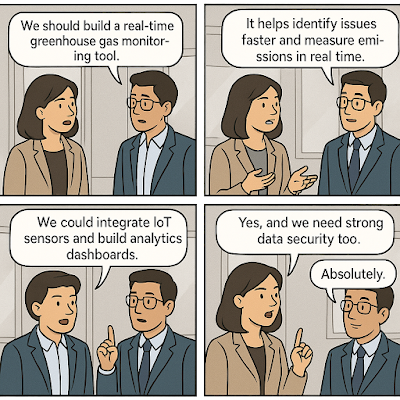Regulatory Risk Ratings for Prompt-Based Decision Engines

Regulatory Risk Ratings for Prompt-Based Decision Engines Prompt-based decision engines, powered by large language models (LLMs), are transforming workflows across legal, healthcare, finance, and government sectors. From generating contracts to guiding medical triage, these tools now participate in high-stakes decision-making. But as reliance on LLMs grows, so does scrutiny from regulators and compliance officers. This is where Regulatory Risk Ratings come in—a framework to assess, monitor, and govern the behavior of AI-driven decision tools, based on their input prompts and output consequences. 📌 Table of Contents Why Risk Ratings Are Needed Scoring Models and Risk Tiers Integrating Ratings into AI Workflows Compliance Tools and Real-Time Dashboards External Links and Industry Guides Why Risk Ratings Are Needed Prompt-based systems don’t follow traditional hard-coded logic. Their behavior shifts based on inputs, fine-tuning, and context. This...







